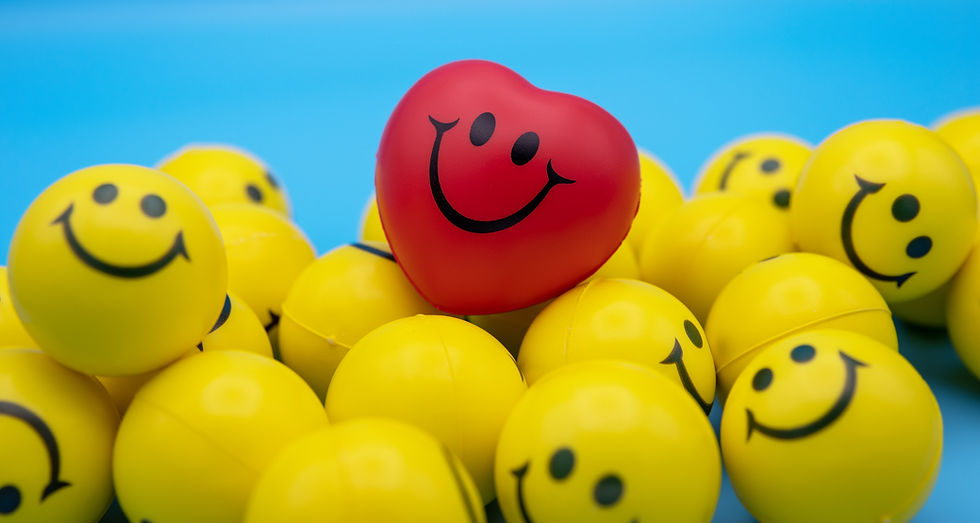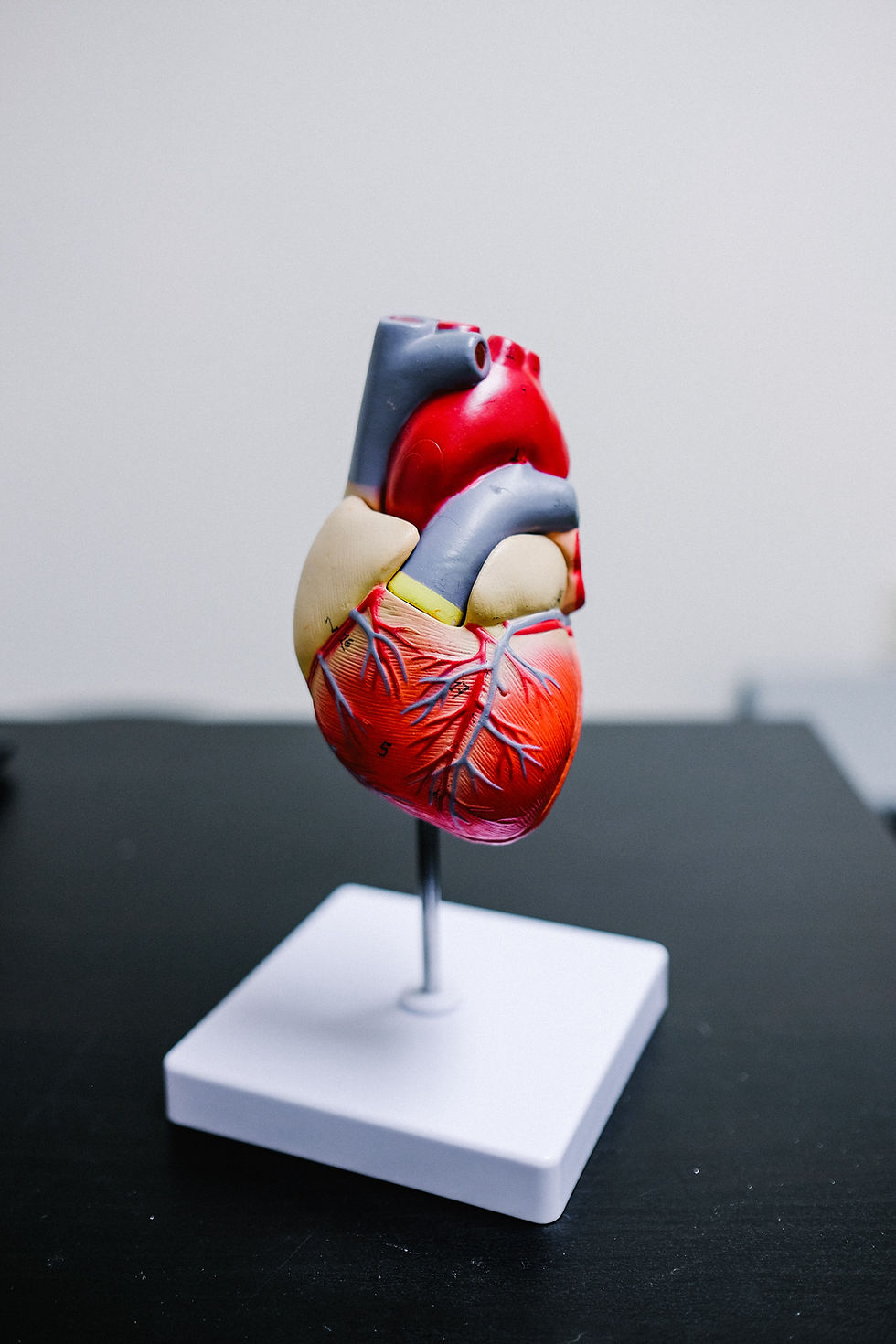Can you really turn fat into muscle?
- Lainey Greer

- Apr 8, 2021
- 3 min read

Fat is commonly misunderstood. Whether it's the need for dietary fat or the function of fat in the body, there are mixed messages everywhere. For instance, a few decades ago, dietary fat was labeled bad for you. We were obsessed with low-fat diets as the new, trendy way to drop excess weight. Hence the rise of the beloved Snackwell’s brand debut circa 1992. Those little green boxes of assorted sweets were a go-to after-school snack for me. My favorite were the chocolate devil’s food cakes. The chocolate coating with a layer of marshmallow around a perfectly round, fluffy chocolate cake. Deceptively delicious. They were packed with high fructose corn syrup to make up for the fat, and we ate far too many of those foods back then because we thought fat was bad. It turns out, in a twist of irony, we weren’t actually snacking well.
You may have been deceived by those little devil’s food cakes too. Perhaps the name should’ve cued us to the empty promises of healthfully and guiltlessly satisfying our sweet cravings. Maybe, they were actually the devil’s food...
Anyhow, I digress. Though fat isn’t quite as vilified as it was in the '90s, misconceptions about fat still abound. Such as:
The body doesn’t need fat.
Eating fat raises blood sugar.
Fats are unhealthy.
Eating fat will make me gain weight.
Body fat can be turned into muscle.
Recently, this last statement has become a popular claim. Lots of supplements, diet pills, and workout routines promise the transformation of fat into muscle. It sounds really great, but is it actually true?
Sadly, no. Don’t fall for those products or people promising to produce pounds of muscle from pounds of fat. It’s just another catchy tagline to get your attention, clicks, and money.
Turning fat into muscle is physiologically impossible. Muscle tissue, the foundation of muscle, is made up of amino acids and nitrogen. Fat, which functions as energy storage, lacks nitrogen and is made of triglycerides that can't be transformed into amino acids.
So, when you lose weight if the fat doesn’t turn into muscle, what actually happens to it? This is the cool part. Basically, your body converts fat into carbon dioxide and water. You literally exhale and excrete your fat. Isn’t that crazy?! The same goes for carbs and proteins too. When you eat, your body metabolizes the nutrients, which is the process of breaking down food to use it as energy. In fact, most of your digested food is released as carbon dioxide from the lungs. Our bodies are such amazing creations!
Now the question is, how do you get rid of excess fat and change your body? To be sure, no supplement or diet plan will sustainably achieve this result. Losing fat and gaining muscle is all about cardio and weight lifting.
That is because losing fat and gaining muscle are two distinct responses to exercise. Cardio accelerates fat loss. Lifting weights build muscle. Your body needs both activities. Weight lifting builds muscle mass, which changes the composition of your body and requires a constant supply of energy. Fat mass does not. But with cardio, the body needs energy to sustain the activity, which means fat is broken down (after glucose and glycogen are used up). For instance when you run, your breathing increases. First, to get more oxygen. Second, to exhale the carbon dioxide as fat is metabolized. This means interval training is the best form of cardio because it causes rapid breathing, requires more energy, and burns more fat. For more on interval training go here.
So in the face of misconceptions and mixed messages, the tried and true combination of lifting and cardio is still the most effective means of body transformation and "turning fat into muscle".




Comments